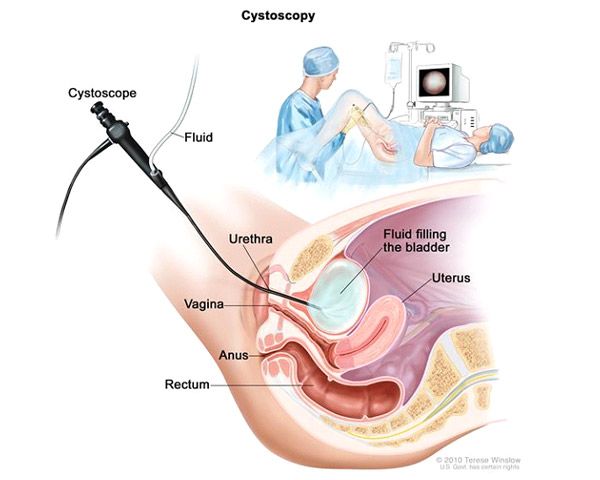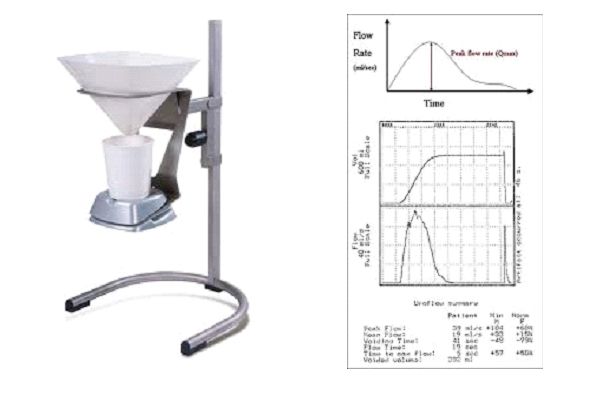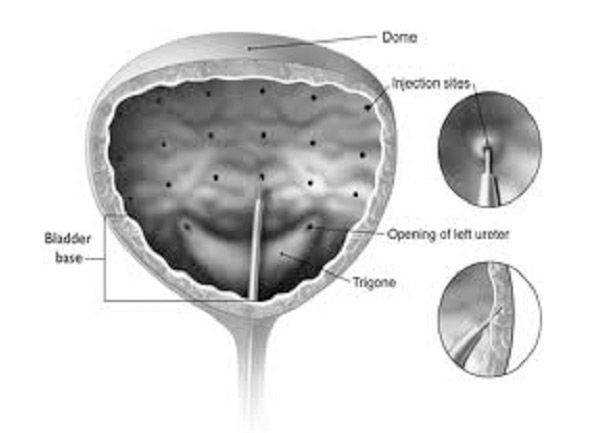Going Too Often – Overactive Bladder
To better understand your symptoms, visit us for a comprehensive diagnosis and personalised treatment plan
Going Too Often – Overactive Bladder
What is overactive bladder?
Overactive bladder is a condition where patients experience urgent sensation in passing urine, frequent urination, and may leak urine before they are able to reach the bathroom. These symptoms may appear singly or in combination, in the absence of identifiable causes such as bladder infections or tumours. It is also referred to in scientific papers as detrusor instability or detrusor hyperreflexia. If left untreated, patients may experience (1) skin breakdown, fungal infections or recurrent urinary tract infections from involuntary urinary leakage; (2) damage to bladder and kidney function, and (3) social withdrawal, as patients are embarrassed by their urinary leakage and constant need to pass urine.
Overactive bladder is a very common disorder, affecting 1 in 7 people over the age of 40 years. Women are more likely than men to experience such symptoms, and accounts for 1 in 7 women with involuntary urinary leakage. In men, OAB symptoms usually occur against a background of chronic blockage of the bladder outlet due to enlargement of the prostate.
In most patients with overactive bladder, there is no identifiable cause. In some conditions such as spinal cord injury, stroke, Parkinson’s disease, multiple sclerosis and dementia, the nerve reflexes in the spinal cord are affected, resulting in involuntary bladder muscle contractions. Other causes include blockage of the bladder outlet by an enlarged prostate, infections and scars of the urethra.

Figure 1. Flexible cystoscopy of the bladder, urethra (and prostate in men). Image courtesy of the US National Cancer Institute, National Institutes of Health.

Figure 2. Uroflowmetry assessment to assess how well the bladder empties during urination.
Yes! For mild cases, many patients will notice an improvement in their symptoms simply by cutting down on coffee, tea, alcohol, and tobacco smoking, as well as making changes to their fluid intake patterns. Oral medications such as antimuscarinics (Detrusitol™, Vesicare™ etc) often result in swift improvement in symptoms for the majority of patients. However, such medications cannot be used in patients with narrow-angle glaucoma, delayed gastric emptying or urinary retention.
In a minority of resistant cases, oral medications alone may be ineffective. Your urologist will then need to perform a detailed evaluation of your bladder function, known as a videourodynamic study. Once confirmed, your urologist may recommend you to consider intravesical Botox injections. This is a short procedure lasting less than 15 minutes performed under sedation, where Botolinum A toxin (a.k.a. Botox™) is injected in small doses directly into the bladder wall via a cystoscope (Figure 3). This acts effectively to block the nerve impulses from the bladder, relieving the involuntary contractions. However, its effects usually only last about 9 months, and patients may require repeated injections into their bladders over the long term for adequate control of symptoms.

Reconstructive surgery to enlarge the bladder or stimulate the sacral nerve is usually reserved as treatment of last resort when the above measures have proven ineffective.
In summary:
Overactive bladder is a common condition characterized by urinary frequency, urgency and / or involuntary urinary leakage It is diagnosed after excluding bladder pathologies such as stones, infections and tumours It can be successfully treated in most cases with medications taken either orally, or administered directly into the bladder wall
